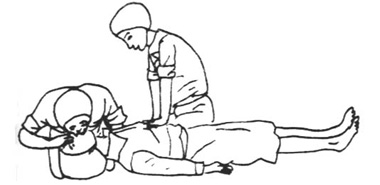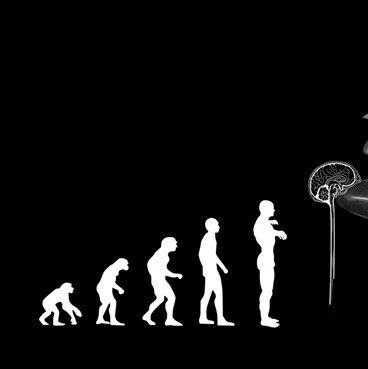
人们常在影视作品中见到这样的场景:某人因心脏骤停而倒下,路人赶紧上前急救,有节律地按压胸部并嘴对嘴人工呼吸。但英国权威医学刊物《柳叶刀》15日刊登一份研究报告说,在这种情况下省去人工呼吸,集中精力按压胸部往往更有效。
心脏骤停的心肺复苏
人工呼吸术
急救常识:人工呼吸,胸外按压
这份由奥地利和美国研究人员完成的报告说,他们综合分析了1985年到2010年间关于心脏骤停急救的多项研究。这些研究中包含了大量心脏骤停急救的医疗记录。分析结果显示,与同时按压胸部和人工呼吸相比,只按压胸部的急救成功率要高出约20%。
研究人员说,这是因为在许多心脏骤停案例中,上前急救的只是路人,他们往往没有受过充分的训练,如果花时间在不得法的人工呼吸上,还不如一直进行胸部按压。这样胸部按压造成的血液流动不会因为人工呼吸而中断,心脏复苏效果会更好。
推荐英文摘要:
The Lancet doi:10.1016/S0140-6736(10)61454-7
Chest-compression-only versus standard cardiopulmonary resuscitation: a meta-analysis
Michael Hüpfl MD a, Harald F Selig MD a, Dr Peter Nagele MD a b
Background
In out-of-hospital cardiac arrest, dispatcher-assisted chest-compression-only bystander CPR might be superior to standard bystander CPR (chest compression plus rescue ventilation), but trial findings have not shown significantly improved outcomes. We aimed to establish the association of chest-compression-only CPR with survival in patients with out-of-hospital cardiac arrest.
Methods
Medline and Embase were systematically reviewed for studies published between January, 1985, and August, 2010, in which chest-compression-only bystander CPR was compared with standard bystander CPR for adult patients with out-of-hospital cardiac arrest. In the primary meta-analysis, we included trials in which patients were randomly allocated to receive one of the two CPR techniques, according to dispatcher instructions; and in the secondary meta-analysis, we included observational cohort studies of chest-compression-only CPR. All studies had to supply survival data. The primary outcome was survival to hospital discharge. A fixed-effects model was used for both meta-analyses because of an absence of heterogeneity among the studies (I2=0%).
Findings
In the primary meta-analysis, pooled data from three randomised trials showed that chest-compression-only CPR was associated with improved chance of survival compared with standard CPR (14% [211/1500] vs 12% [178/1531]; risk ratio 122, 95% CI 101―146). The absolute increase in survival was 24% (95% CI 01―49), and the number needed to treat was 41 (95% CI 20―1250). In the secondary meta-analysis of seven observational cohort studies, no difference was recorded between the two CPR techniques (8% [223/2731] vs 8% [863/11 152]; risk ratio 096, 95% CI 083―111).
Interpretation
For adults with out-of-hospital cardiac arrest, instructions to bystanders from emergency medical services dispatch should focus on chest-compression-only CPR.







